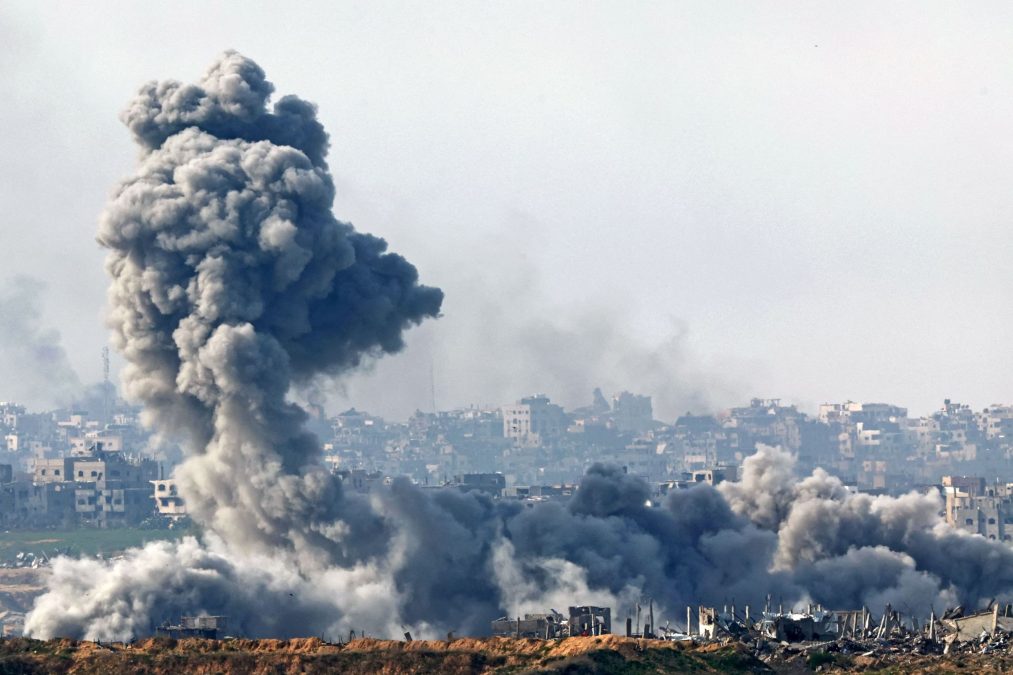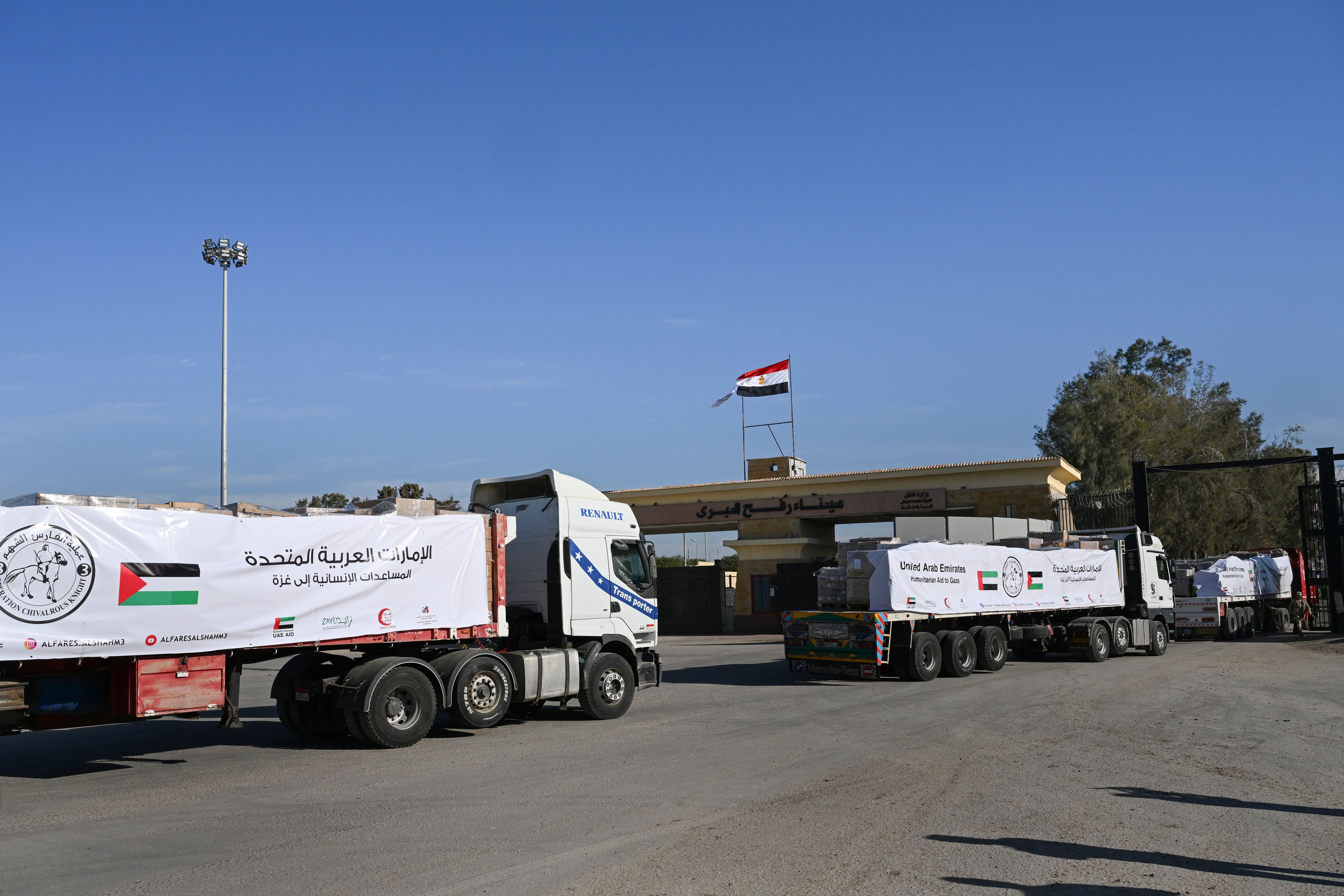Jerusalem, Undefined – In a landmark development after 15 months of unrelenting violence, Israel and Hamas have agreed to a ceasefire in the Gaza Strip. The deal, brokered by the United States, Egypt, and Qatar, brings a glimmer of hope to a region that has endured immense human suffering and destruction. If implemented, the agreement could mark the beginning of a phased process toward peace, starting with the release of dozens of hostages held by Hamas and hundreds of Palestinian detainees in Israeli prisons.
A Fragile Agreement
The ceasefire, set to begin on Sunday, represents a tentative pause in a conflict that has killed tens of thousands in Gaza and displaced nearly two million people. It includes a significant exchange of 33 Israeli hostages, including women, children, and the elderly, will be freed by Hamas. In return, Israel will release hundreds of Palestinian captives. Among those slated for release are American citizens Keith Siegel and Sagui Dekel-Chen, though other U.S. hostages remain in captivity.
“This is one of the toughest negotiations I’ve ever experienced,” President Joe Biden said in a statement from the White House. “And I’m deeply satisfied this day has come … for the sake of the people of Israel and the families waiting in agony, and for the sake of the innocent people in Gaza who suffered unimaginable devastation because of the war.”

The deal also allows for a dramatic increase in humanitarian aid to Gaza, with over 500 trucks of food, water, and medical supplies expected to enter the region daily during the ceasefire period. This marks a sixfold increase from recent aid levels, addressing dire conditions in the enclave where 90% of the population is displaced and living in squalor.
A Region in Ruins
Since the war began in October 2023, following an unprecedented Hamas attack on southern Israel, the conflict has spiraled into one of the most devastating in recent memory. Israeli airstrikes and ground operations have decimated northern Gaza, forcing residents to flee to the south. Hamas militants have retaliated with cross-border rocket fire, leading to significant casualties in Israel.
The violence has taken a staggering toll. According to Gaza’s Health Ministry, more than 46,700 people have died, with over 110,000 injured. Israeli officials report over 1,600 fatalities, including 405 soldiers.
In Gaza, residents like 20-year-old Farah Hathout, who has been displaced nine times, expressed cautious optimism. “I pray it goes through,” she said, tears streaming as she clung to the hope of a lasting peace.
What Comes Next?
The ceasefire agreement is part of a three-phase process. Phase one focuses on the initial pause in hostilities and the release of hostages. Phase two aims to secure the release of all remaining captives and initiate Israel’s full withdrawal from Gaza. Phase three envisions the return of bodies of deceased hostages and the beginning of Gaza’s reconstruction.
However, many challenges remain. The deal has already faced criticism from Israeli hardliners within Prime Minister Benjamin Netanyahu’s coalition government. Finance Minister Bezalel Smotrich and National Security Minister Itamar Ben Gvir have called the agreement a concession to Hamas, threatening to withdraw support for Netanyahu’s government.
Netanyahu’s cabinet is set to vote on the agreement Thursday, with most analysts expecting it to pass despite internal opposition. Meanwhile, the implementation of the deal could face setbacks, with disputes over captive release lists and the fragile security situation in Gaza.
A Glimmer of Hope Amid Uncertainty
Despite its fragility, the agreement has sparked celebrations. In Tel Aviv, thousands of Israelis gathered to rejoice at the prospect of hostages returning home. In Gaza, weary civilians held onto hope for a reprieve from relentless airstrikes and displacement.
The mediators—Qatar, Egypt, and the United States—have expressed cautious optimism. “There was no other way for this war to end than with a hostage deal,” Biden said, underscoring the importance of the ceasefire as a step toward broader peace.
Yet the road ahead is fraught with uncertainty. Key questions remain unanswered, including who will govern and secure Gaza after the ceasefire and how to address the root causes of the conflict.







